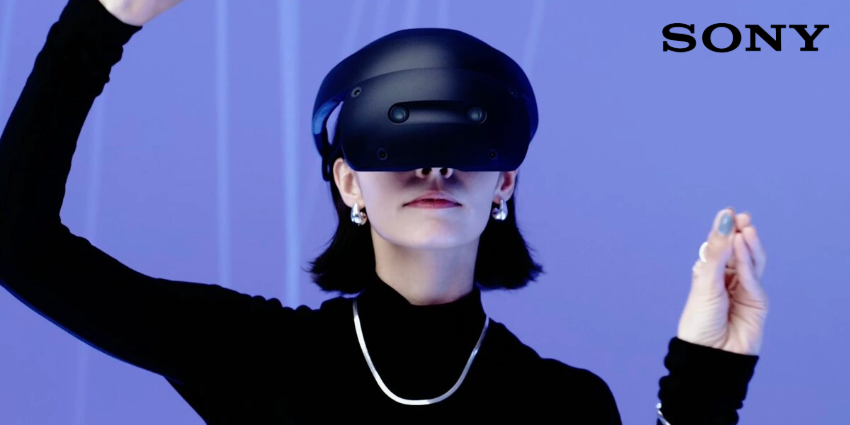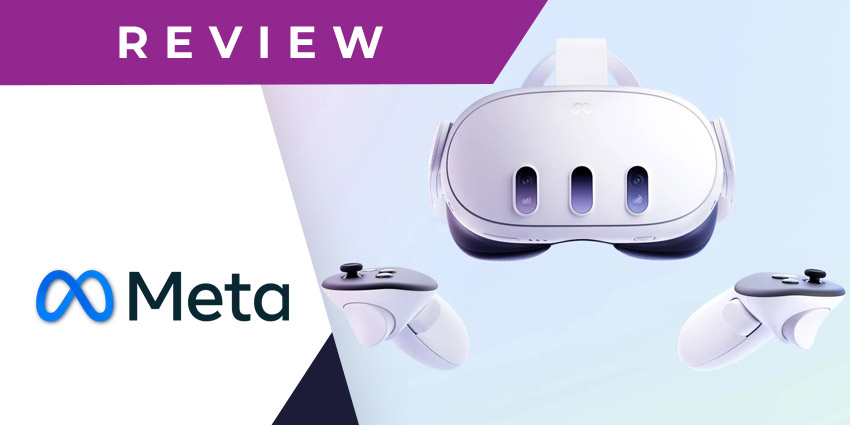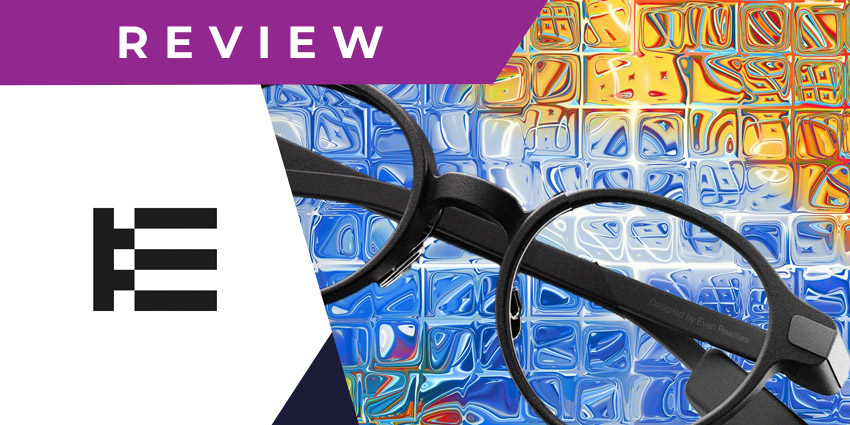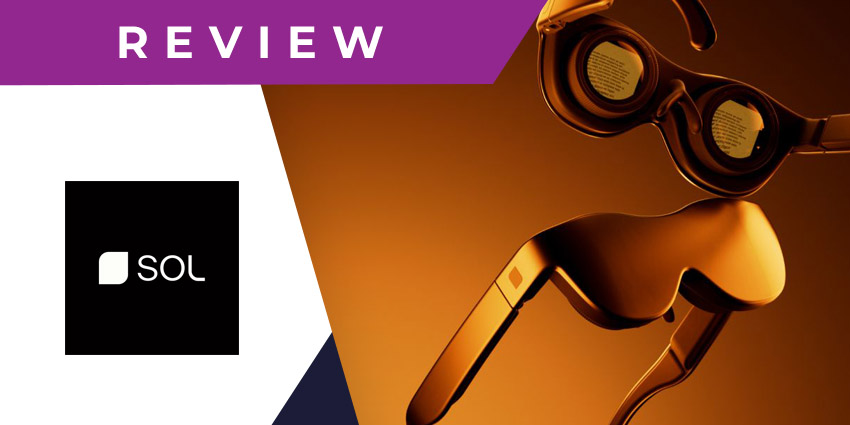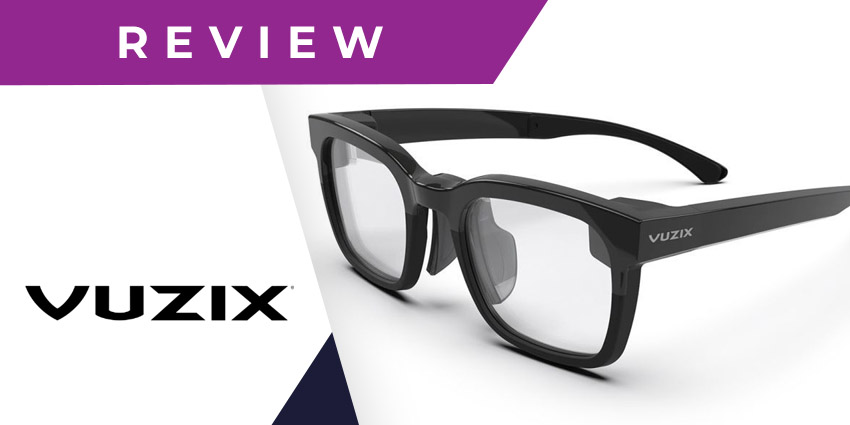In today’s Meta Quest 3 review, we’re finally taking a hands-on look at all the unique features and capabilities of Meta’s latest headset. Ever since Meta announced the impending arrival of its new mixed-reality device, we’ve been watching and waiting for our chance to test it out.
Now, we can finally see for ourselves what makes this new headset so much more impressive than the Meta Quest 2 and even the Quest Pro (in some areas).
Arriving just in time for the holiday season, the Quest 3 might look a lot like its predecessor on the surface, but it’s brimming with crucial updates to the design, software, and hardware.
Here’s everything you need to know about the Meta Quest 3.
Meta Quest 3 Review: Specs and Overview
In our opinion, the Meta Quest 3 certainly has the potential to become one of the most popular, attractive, and powerful VR headsets, just like the Quest 2 before it. Compared to the Quest 2, it features a higher-resolution display, faster processor, and even more advanced passthrough capabilities. Of course, it’s also more expensive.
The base 128GB model will cost $399, while the 512GB version costs $649. You can also purchase “bundles” for the Quest, Such as the comfort bundle with an advanced head strap and the “Power” bundle, which includes an elite strap with an additional battery.
Here’s a quick run-down of the specs:
| Price | Starting at $499 |
| Display | LCD 2064 x 2208 pixels per eye. |
| Processor | Snapdragon XR2 Gen 2 |
| RAM | 8GB |
| Storage | 128GB and 512GB |
| Battery life | 2-3 hours (extra 2 hours with the elite powered strap) |
| Field of view | 110 x 96 |
| Mixed reality | Full-color passthrough |
| Tracking | Inside-out tracking (full-body tracking to come later) |
Meta Quest 3 Review: Design and Comfort
Let’s start this Meta Quest 3 review with a closer look at the design. At a glance, the Quest 3 looks a lot like the Quest 2. It has the same white plastic aesthetic but is much sleeker and slimmer. If you don’t count the headband, the headset is only around 2.2 inches deep from the front to the face mask. Plus, the sides of the chassis are more rounded, which makes them look more compact.
The Meta Quest 3 features a new four-camera array in two vertical stacks on the front face, with an infrared emitter in the center. Two cameras are for spatial tracking, while the other two allow you to view your environment in full color during mixed reality settings.
There are also two additional spatial cameras on the bottom edge of the headset, which will likely support Meta’s future full-body tracking features. While the Meta Quest 3 might not look as futuristic and professional as concepts like the Apple Vision Pro, it’s surprisingly comfortable.
The headband has a three-point adjustable harness with elastic straps to wrap perfectly around your head. You can upgrade to an “Elite strap” or purchase extra accessories to improve comfort. There’s also a fantastic pupillary distance adjustment dial to help boost your visual experience.
As a bonus, if you wear prescription glasses, you can purchase special inserts (starting at $49.99) for the headset from Zenni Optical that can significantly improve the headset’s visual clarity.
The Controllers and Tracking
One significant difference between the Meta Quest 2 and the Quest 3 is the arrival of a new set of controllers. The latest Meta controllers don’t have the tracking rings of their predecessors, which we think is a good thing. The unique design makes the controllers feel more comfortable and ergonomic in your hands, and interacting with content feels more natural.
The Touch Plus controllers feature a two-stage index trigger for more precise controls. Plus, they have haptic feedback capabilities, though they’re less advanced than those on the Meta Quest Pro.
Notably, you don’t necessarily need to use these controllers on certain apps. Meta’s upgraded sensors and cameras mean the headset can track your hands so that you can navigate content with gestures.
Going forward, Meta plans to introduce more advanced full-body and upper-body tracking for higher accuracy. In the meantime, we found the tracking capabilities to be relatively good. The headset is pretty effective at picking up the movement of your hands, but the finger-tracking system is a little shaky for more subtle, intricate actions.
You might have trouble clicking a specific button on a virtual website browser. Tools like the VIVE XR Elite or Ultraleap headsets might be a better option if you’re looking for advanced tracking.
Meta Quest 3 Review: Setup and Battery Life
If you’re looking for an MR/VR headset that allows you to jump instantly into immersive experiences, the Quest 3 could be a great choice. We like that you’re not forced to link your device to a Facebook account immediately.
Purchases are instead tied to a Meta account that you can access to find your friends list and make in-app purchases, whenever you like. Setting up the system for use is extremely straightforward, too. The improved passthrough capabilities shine here, as you can see the world around you while implementing boundaries and other safety precautions.
Plus the spatial tracking capabilities mean you don’t have to fiddle with the controllers too much when you’re getting started. You can use your hands to move things around and adjust settings.
One slight downside we noticed during our Meta Quest 3 review is that the battery hasn’t received much of an upgrade. Like the Quest 2, you only get between 2-3 hours of battery, depending on the apps you’re accessing and other factors.
However, the Meta team is rolling out updates to the Quest Platform that should boost CPU performance, which could stop the headset from draining your battery too quickly when using advanced apps and mixed reality mode.
Hardware, Visual Clarity, and Performance
As mentioned above, Meta made some significant upgrades to its hardware with the Quest 3, which greatly impacted the headset’s overall performance. The Snapdragon XR2 Gen 2 processor (with Adreno GPU) delivers 2.5 times the performance of the Quest 2’s previous generation chip.
Even in passthrough mode, the Quest 3 can deliver ten times more pixels than the second Quest and three times more than you’ll get on the Quest Pro. Plus, you get 8GB of RAM (2GB more than the Quest 2) and an updated audio experience with 40% louder sound.
Visually, the Quest 3 significantly outperforms the Quest Pro and the Quest 2. You get 2,064 x 2,208 pixels for each eye, and the clarity is incredible. Instantly, we saw a massive difference in sharpness compared to the Quest 2. However, more advanced options exist, such as the Vive Pro 2, which has 2448 x 2488 pixels per eye.
Despite this, the Quest 3 is extremely impressive for a relatively affordable standalone headset. You can expect bright and colorful pictures, with plenty of contrast. The mask foam is excellent at blocking out external light for true immersion.
Meta Quest 3 Review: The Mixed Reality Abilities
One major factor separating the Meta Quest 3 from its predecessors is a new focus on mixed reality. Where the Quest 2 offered black and white passthrough, the Quest 3 offers full-color passthrough. You can use a button on the menu to switch between passthrough and full immersive mode.
Compared to the Quest 2, the color passthrough cameras offer a more natural and vivid view of your surroundings. They also make switching into “mixed reality” mode less jarring. Although the environment doesn’t look as crisp as it would if you were looking at it directly, it’s a significant upgrade to the Quest 2.
One downside is that the Quest 3 lacks the eye-tracking technology of the Quest Pro, so you can’t just control your software with a glance, and there’s no foveated rendering when you’re moving through mixed or virtual reality.
The mixed reality passthrough mode can sometimes use more power, mainly when using productivity apps and software.
Apps and Software
The Quest 3 is backward compatible with the Quest 2 library, so you shouldn’t have trouble finding all your favorite apps. Plus, Meta is working on some unique apps and experiences designed to leverage the advanced functionality of the latest Quest headset.
You can also use the Quest 3 as a virtual desktop by connecting it to your PC. The first way to do this is to create a direct connection through the Oculus app for Windows. This leads to a slightly clunky experience, where you’re surrounded by a control panel that acts as your taskbar.
The other option is to plug a Meta link capable directly into your computer. You can also consider tapping into the benefits of Horizon Workrooms for a more immersive and intuitive experience.
Within Workrooms, you can access an augmented reality desk and pair your headset with a wireless keyboard. This could be a good option for people who want to dive into virtual reality for meetings, particularly as companies like Microsoft introduce new “Immersive Spaces” for Teams.
Meta Quest 3 Review: The Verdict
So, is the Meta Quest 3 worth it? It’s not the most advanced virtual or mixed-reality headset we’ve ever tried. However, it is one of the most impressive options on the market for its price tag. If you’re looking for an affordable standalone headset, it’s hard to go wrong here.
The Meta Quest 2 was already popular for many professionals and consumers investing in virtual reality. The Quest 3’s major upgrades make the experience even more engaging, with color passthrough cameras, faster processing, and higher resolutions.
The Quest 3 even beats the Pro in most ways, although the Pro does include eye-tracking tech. Overall, we think the Quest 3 is worth the price, and it lives up to a lot of the hype that built since Meta’s announcement earlier this year. As Meta continues to roll out updates and improvements for this new headset, we’re sure it will only become more attractive to business users.
Pros:
- Fantastic passthrough color cameras
- High-resolution pictures with excellent clarity
- Powerful processor for fast performance
- Comfortable and ergonomic design
- Affordable pricing
Cons:
- Limited battery life
- No eye-tracking tech
- Some issues with spatial tracking



